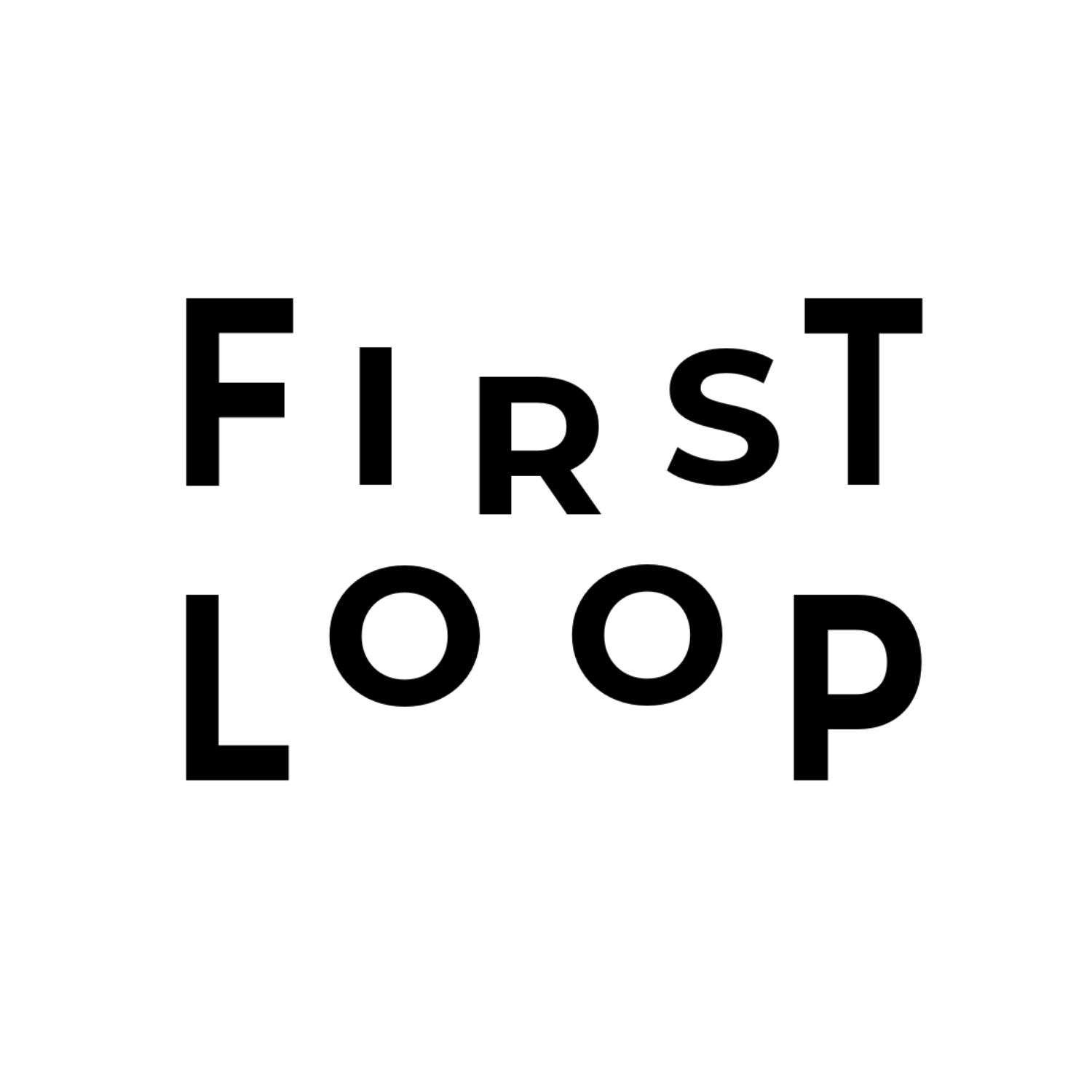Design Thinking vs Traditional Thinking
- Rohit Agarwal
- May 28, 2021
- 2 min read
Updated: Feb 14, 2023
The traditional approach of thinking works on two basic principles. These two basic principles are Viability and Feasibility. Traditional thinking maps out how doable (viability) a task is in a practical manner (feasibility). It evaluates these two factors to assist problem-solving and is highly used by business executives. Traditional thinking as compared to design thinking works towards avoiding failure, thinking, planning, creating a passive experience, and giving the right answers. The traditional approach is also focused on solutions and aims to get the perfect outcome on the very first try.
On the other hand, the design thinking approach has five steps on a very basic level namely empathize, define, iterate, prototype and test. It is a customer-centered approach that works towards the goal of understanding customer’s needs, requirements, and expectations better to improve the product at hand. Design thinking as compared to the traditional approach works towards asking the right questions and creating the right active experiences.
We discussed earlier that traditional thinking methods focus on viability and feasibility. It is worth mentioning here that design thinking also brings viability and feasibility together, but it first acts upon desirability which is understanding the customer’s needs and expectations regarding the product.

To better understand the difference between design thinking and traditional thinking, we can do a brief comparison between a design thinking manager and a traditional thinking manager. A design thinking manager prefers visual material, intensive observation, rationale & emotional considerations. A design thinking manager is also aware of the fact that failure is part of the process and is comfortable with ambiguity and uncertainty. He/she also believes in empathy and collaborative effort.
On the other hand, a traditional thinking manager is comfortable with verbal and statistics-oriented content. He / She likes to create a quick interpretation of the situation and focuses on mainly objective and rational information. A traditional manager would lead by organizing and planning as well as expects analytical, deductive, and inductive answers. A traditional thinking manager looks for correct answers, focuses on customer tasks, and likes to work principally individually.
Now the question arising here is that if the design thinking method is better than the traditional thinking methods? To answer this question, we should recall all the information stated above which makes it clear that traditional thinking might limit the scope of design due to it being afraid of failure and crazy ideas that are very well accepted and even used to advantage in design thinking. The main problem with traditional thinking is its approach of asking “WHAT IS” instead of “WHY AND WHAT CAN BE DONE”. On the other hand, design thinking’s mission as stated by Tim Brown is,
“The mission of Design Thinking is to translate observation into insights and insights into products and services that will improve lives”.
So, to answer we can conclude that design thinking is a better practice when it comes to design-oriented tasks which require human-centered thinking which is mindful of the process and culture of prototyping.
Would you like to learn more about what is in store for Design Thinking in the future? If yes, visit our other blog! https://www.thefirstloop.com/post/what-is-in-store-for-design-thinking-in-future
